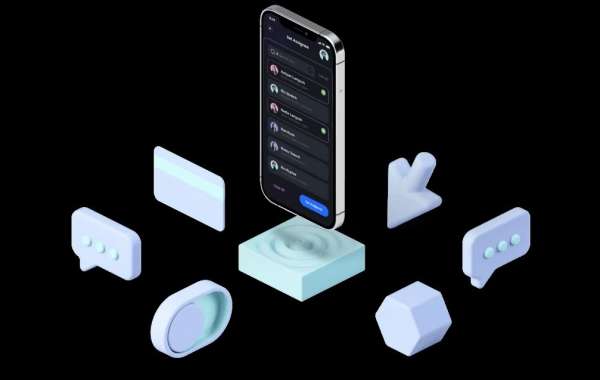With over 2 billion monthly active users, YouTube is not only the second-largest search engine but also one of the most powerful platforms for businesses to build their brand and reach new audiences. The visual and engaging nature of video content has made it a preferred medium for many consumers. To leverage YouTube effectively, you need a strong marketing strategy that focuses on creating valuable content, optimizing your videos, and promoting them efficiently.
We will explore the key strategies and tips for a successful YouTube Marketing campaign and how it can drive growth for your brand.
Why YouTube Marketing?
1. Massive Audience Reach
YouTube’s extensive user base offers incredible potential for exposure. Whether your business is local or global, YouTube provides access to a wide range of demographics, from Gen Z to Baby Boomers.
2. High Engagement Rates
Video content is inherently more engaging than other formats like blogs or static images. YouTube videos can help your business connect on a personal level with customers, leading to increased trust, loyalty, and conversions.
3. SEO Benefits
As YouTube is owned by Google, having a strong presence on the platform can significantly boost your search engine rankings. Well-optimized videos are more likely to appear in both YouTube and Google search results, driving organic traffic to your channel and website.
Creating a YouTube Marketing Strategy
1. Define Your Goals
Before diving into video creation, outline what you hope to achieve with your YouTube marketing efforts. Some common objectives include increasing brand awareness, driving traffic to your website, generating leads, or educating your audience.
2. Know Your Target Audience
Understanding who your viewers are is essential for creating content that resonates with them. Use YouTube Analytics and other tools to gain insights into your audience's demographics, interests, and viewing habits.
3. Create Valuable Content
Content is the heart of any marketing strategy, and this is especially true on YouTube. Your videos should educate, entertain, or inspire your viewers. Some content ideas include:
- How-to Tutorials: Show your audience how to use your product or solve a problem.
- Product Demos and Reviews: Showcase your products in action to build trust.
- Behind-the-Scenes Videos: Offer a glimpse into your company culture.
- Q&A Sessions: Answer common questions your audience might have.
4. Optimize Your Videos
To ensure your videos are discoverable, you need to optimize them with relevant keywords, titles, and tags. Here are key optimization tips:
- Title: Create compelling titles with primary keywords to improve search visibility.
- Description: Use a keyword-rich description, but make sure it sounds natural and informative.
- Tags: Include relevant keywords in the tags to increase your video’s chances of appearing in related searches.
- Thumbnails: Eye-catching thumbnails can dramatically increase your click-through rate (CTR).
5. Engage with Your Audience
YouTube thrives on community interaction. Engage with your viewers by responding to comments, asking for feedback, and even running contests or giveaways to increase interaction.
Promoting Your YouTube Videos
1. Leverage Social Media
Cross-promote your YouTube videos on other social media platforms like Instagram, Twitter, and Facebook. You can also embed videos in blog posts or share them in your email newsletters to increase visibility.
2. Use YouTube Ads
YouTube offers several types of ads, including TrueView In-Stream Ads, Discovery Ads, and Bumper Ads. Depending on your marketing budget and goals, you can leverage these ads to reach a wider audience.
3. Collaborate with Influencers
Influencer marketing can be a highly effective strategy on YouTube. Collaborating with established YouTubers who already have a large following can help promote your brand to new audiences and build trust quickly.
Measuring Success on YouTube
To determine whether your YouTube marketing efforts are paying off, it’s important to track relevant metrics:
- Watch Time: The total amount of time viewers spend watching your videos. More watch time indicates that your content is engaging.
- Subscribers: Growth in subscribers shows that your content resonates with viewers.
- Engagement: Track likes, comments, and shares to gauge how interactive your content is.
- Traffic Sources: Analyze where your video views are coming from—whether it’s from YouTube search, suggested videos, or external sources like social media.
Conclusion
YouTube Marketing is a powerful tool that can amplify your brand's visibility, increase engagement, and drive tangible results. By creating compelling content, optimizing your videos for search, and promoting them across channels, you can tap into YouTube’s massive audience and build a loyal customer base.
Start implementing these strategies today and make YouTube an integral part of your digital marketing plan.




